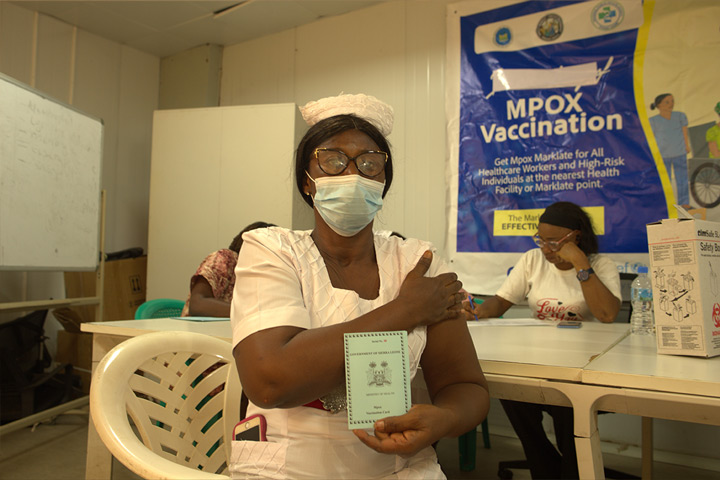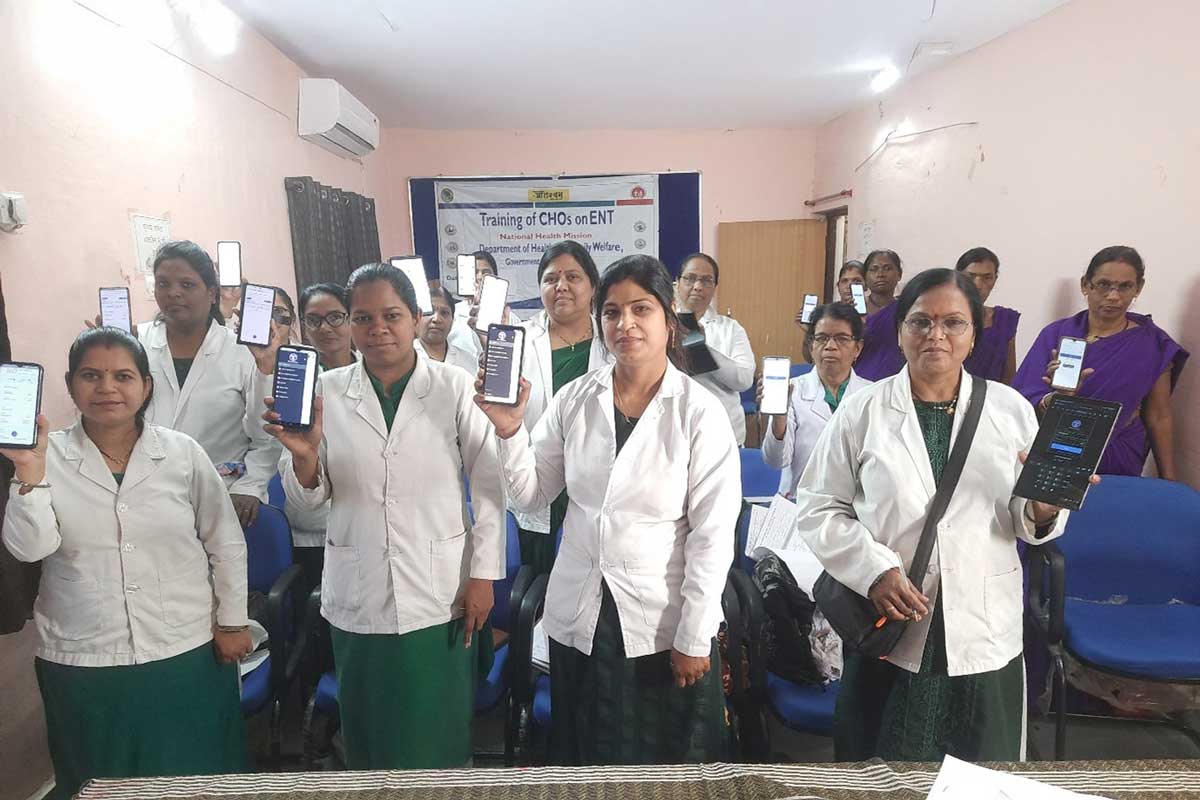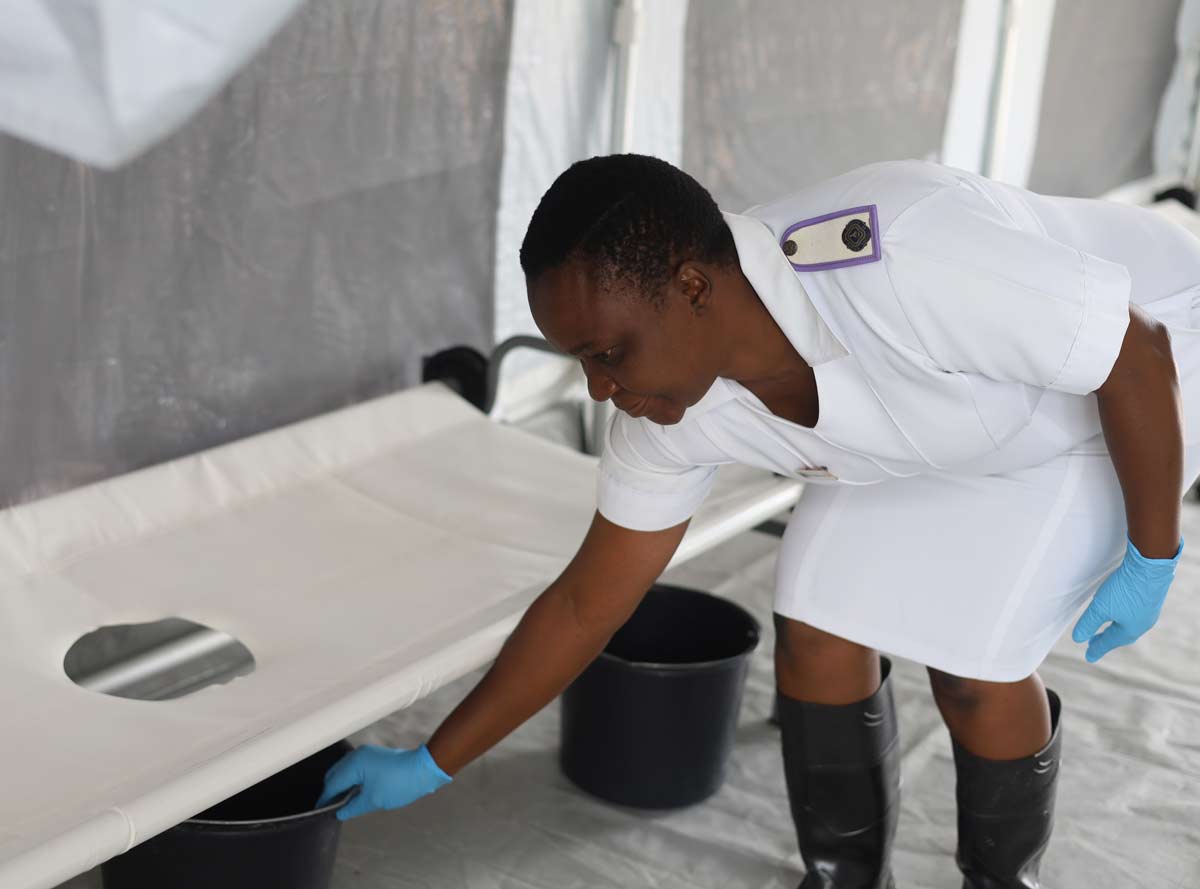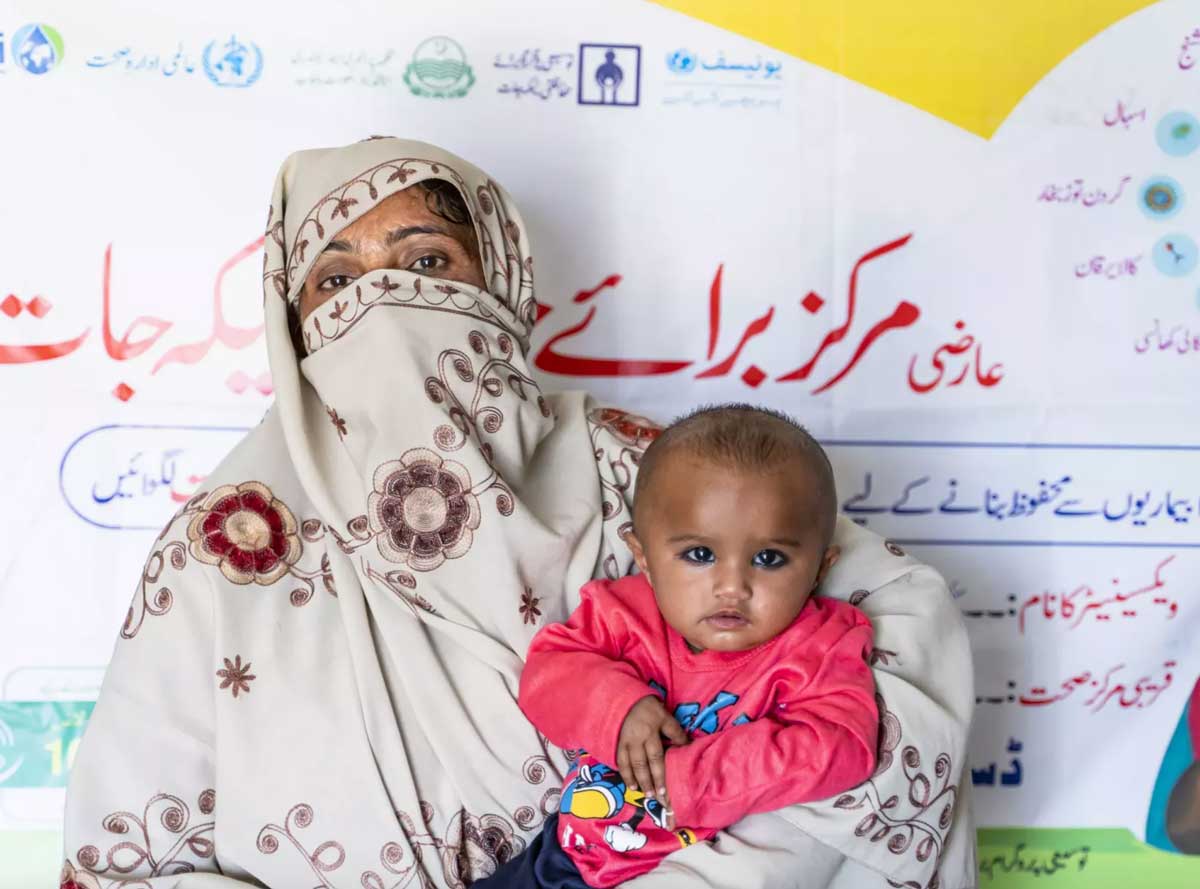How Kenya is bringing primary care closer to the community
Distance is a killer. In Kenya, a new push to extend clinic networks intends to make sure each child is within just 5 km of basic care.
- 12 December 2024
- 7 min read
- by Joyce Chimbi

Eunice Jelagat, a pastoralist and mother of seven who lives in the remote village of Silale in Kenya's Baringo County, says only one of her children has been vaccinated.
"I lost three babies a few months after they were born. I got pregnant again and moved closer to town for a month, and left my other children behind in the village to be closer to town to give birth at the clinic. This is how my son was vaccinated. In the village, when the time comes, women come to assist with child delivery and life goes on," says Jelagat.
"Closing the distance is one of the single-most effective ways of improving immunisation rates."
– Dr Apollo Abok, physician and public health researcher
"We are not able to walk 70 kilometres to the town centre where the clinics are, and cannot use the boda boda (motorcycle taxi) because the roads are rocky and rough, and we do not have the 2,000 [Kenyan] shillings (US$ 15) to cover the trip to hospital. There is no other way to move. This is a dry area. We are pastoralists and have no money and no way to make money."
Longer distances and longer travel times are a major barrier to vaccination. "Closing the distance is one of the single-most effective ways of improving immunisation rates," Dr Apollo Abok, a gynaecologist/obstetrician at St Mary's MCH & Maternity Hospital, and an independent health researcher based in Kenya's Lakeside region, told VaccinesWork. Studies from comparable contexts have shown that for every kilometre travelled, the likelihood of a child receiving a vaccine decreases by as much as 5%, Abok noted.
Making healthcare go further
To bridge those potentially fatal distances, Kenya began establishing Primary Health Care Networks (PCNs) through a government pilot programme that involved four of Kenya's 47 counties in 2018. In 2021, the government officially introduced the networks across the country.
The Ministry of Health data shows, to date, 160 PCNs have been successfully set up, and 41 are in progress. Overall, 87% of counties have at least one operational PCN to deliver better care for all, in a push towards the achievement of Universal Health Coverage (UHC).
Dr Abok, an implementor of the PCN model, says the country has been both building new health facilities and renovating old ones to increase health facility infrastructure coverage. These health facilities are then organised into networks in line with the population of any given area. The aim is to ensure that each person has access to a health facility within a five-kilometre radius. That means the focus of expansion efforts has been concentrated in rural and hard-to-reach areas.
These PCNs are designed to improve the delivery of primary health care (PHC) services. These services are the most basic package of essential services, and they include labour and delivery, immunisation, and management of common communicable and non-communicable illnesses.
PCNs operate through a 'hub and spokes' model. In each case, the hub is a PHC referral hospital, which supports smaller PHC facilities – the spokes.

Photo Joyce Chimbi.jpg
Another way of visualising the system is as a pyramid. There are six defined levels of hierarchy in Kenya's health system, with each level advancing for more specialised care. At the base of the pyramid is level 1: community services. Level 2 includes dispensaries and clinics; level 3 is staffed by health centres and maternity and nursing homes. Level 4 holds sub-county hospitals and medium-sized private hospitals. The pinnacle of the pyramid is also the wheel-hub: the level 5 or county referral hospitals and large private hospitals.
Dr Gladwell Chebii, a paediatrician at the Good Samaritan Mission Hospital in the Rift Valley region and an implementor of the PCN model, explains that each health facility within the network is assigned a Community Health Unit, which is a team of community health promoters (CHPs). CHPs are trained members of the community who work as the link between the community or villages in which they live, and formal health facilities. The number of CHPs assigned each health facility depends on the number of people served by any given health facility.
Essential UHC interventions can be delivered through PHC
"A few years ago, we had to walk for long distances for children to be vaccinated – and many were not. When Siaya County started bringing the services closer through the PCNs, I decided to enrol as a community health promoter to teach about the benefit of giving birth in hospital, and immunisation. Counties around Lake Victoria we have the added challenge of HIV/Aids. We are now seeing better health status because many residents can reach a health facility within a two-kilometre distance and it used to be 10 to 15 kilometres," says Mia Anyango, a retired teacher and community health promoter, Siaya County.
WHO recommends a PHC approach as the vast majority – 90% – of essential UHC interventions can be delivered through a PHC approach. The Kenyan government has thus far established nearly 160 PCNs – out of a planned-for 315 PCNs nationwide – and trained 248 master trainers to support county-level PCN implementation.
"PCNs have been very effective in immunisation outreach campaigns and in helping reduce [numbers of] zero-dose children, and promoting other interventions such as catch-up vaccinations and mass vaccination campaigns for polio and cholera," Dr Chebii expounds.
How far is too far?
WHO pegs the maximum recommended travel to a hospital at 5 km or a one-hour walk and, although the national average distance to the nearest health facility in Kenya is nearly 9.5 km, residents of Counties such as Mandera, West Pokot, Garissa and Wajir cover more than 50 km one way, per the national health facility census.
Have you read?
The 2022 Kenya Demographic and Health Survey, not coincidentally, shows that while eight in ten children age 12–23 months are fully vaccinated with the basic antigens at the national level, immunisation rates were much lower in West Pokot and Wajir at 49% , 29% in Mandera and 23% in Garissa.
"Distance is a determinant of immunisation. Children who live longer than an hour away from a health centre are less likely to receive pentavalent vaccines, which protect against five diseases including tetanus and hepatitis B. Children with access to PHC are also likely to have access to routine immunisation and vice versa is true," Dr Chebii observes.
Government data shows that places in which public health facilities were accessible to residents in less than a quarter of an hour of travel, recorded the highest levels of full vaccination coverage. Those areas included Vihiga at 96%, Murang'a at 95%, Kisii at 90% and Kirinyaga at 87%.
"Children who live longer than an hour away from a health centre are less likely to receive pentavalent vaccines, which protect against five diseases. ... Children with access to PHCs are also likely to have access to routine immunisation, and vice versa"
– Dr Gladwell Chebii, paediatrician
"PCNs are about delivering basic health services at people's doorsteps. The networks improve coordination among health workers across different health facilities within one network and by doing so, they are also improving patient referrals across the network for advanced care," Abok expounded.
By organising health facilities into one unit or network to serve one catchment area, the government "can more easily see who has more or less and shift commodities and other resources accordingly," Dr Abok added. "Health facilities have now been placed in a position to share vaccines, close availability gaps and prevent missed opportunities, vaccine wastage and vaccine drop-outs."
In 2016, there were 139 health facilities in Murang'a County. As of 2022, there were 376 health facilities. Emily Kamau, a resident of Kiharu sub-county in Murang'a county and mother of two, says with more health facilities in Murang'a county and "mothers accessing child health services even at the dispensary level, it enables us to have a child vaccinated and for us to settle into our daily activities. With my firstborn, immunisation was nearly a whole day's affair, as you had to travel far and wait in the queue."
Dr Abok says the facilities "are removing the barriers and challenges they were set up to address. The first one is distance. More health facilities mean improved physical access to a health facility. They are also building a strong health workforce by promoting teamwork across health facilities and especially as they link lower-level basic health facilities such as dispensaries to high level national and referral hospitals. This promotes cross-pollination of ideas from one health provider to another within and across facilities."
Dr Chebii speaks of many other benefits such as the "unique intersection between primary health care and routine immunisation, as the latter can strengthen key primary health care systems such as data monitoring, disease surveillance and human resources. The networks are helping improve medical procurement, supply and delivery systems and even vaccine safety, as commodities can be redistributed within the network if there is more than enough in one facility.
"Maternal and child health are the cornerstone of primary health care in Kenya. Monitoring and tracking uptake of the first dose of the DTP vaccine can help health workers identify children with limited access to primary health care and move to efficiently close the gaps even with limited resources," she observes.
More from Joyce Chimbi
Recommended for you








